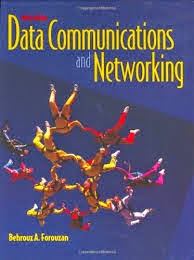
I worked on a DES problem for several hours by hand as required before I found the mistake within the 'example' in the book only to find out I ran out of time and STILL had to the problem for my class. The problem is, you dont find out until hours later that there WAS an issue.

It's loaded with errors and errata and lacks any consise+clear examples Im not speaking of slight errors either, these are formula errors which can throw a 100 step problem right into the circular file in due time. A solid foundation in encoding and encryption at the encoding level (as it assumes you know DISCRETE MATH, and made it through Differenctial Calculus and know a significant amount about a variety of programming languages) In my opinion, you might wish to be BOTH the above if you intend to make real use of the material. NOTE: This book more or less assumes that you are either:Ī Computer Science Graduate with a MAJOR interest in encoding and encryption.Ī math major who would rather discuss the virtues of MOD % in C# or C++ as a past time. As such, it is extremely useful to those who are looking for skills that are immediately applicable to the work environment. (Esoteric protocols such as secure elections and digital cash are not discussed at all.) This text, in essence, is an elaboration of the final part of Forouzan's TCP/IP text. The primary focus of the text is network security - specifically, e-mail, SSL and IPsec. Practice problems provide an opportunity for students to test their mastery and for the instructor to measure their progress. Copious illustrations help with the most complex topics. Theorem proofs are saved for an appendix, so students don't get bogged down in the math before they have had a chance to assimilate the cryptographic concepts. It is neither over-simplified nor overly rigorous. Forouzan's book is the answer to my dreams. I have been seeking a good text for six years, but I have been disappointed with all that I have tried. I teach an introductory cryptography class at the University of Denver.


 0 kommentar(er)
0 kommentar(er)
